Hal Brent Wallis from Tenement Dweller to Chief Commander of The British Empire
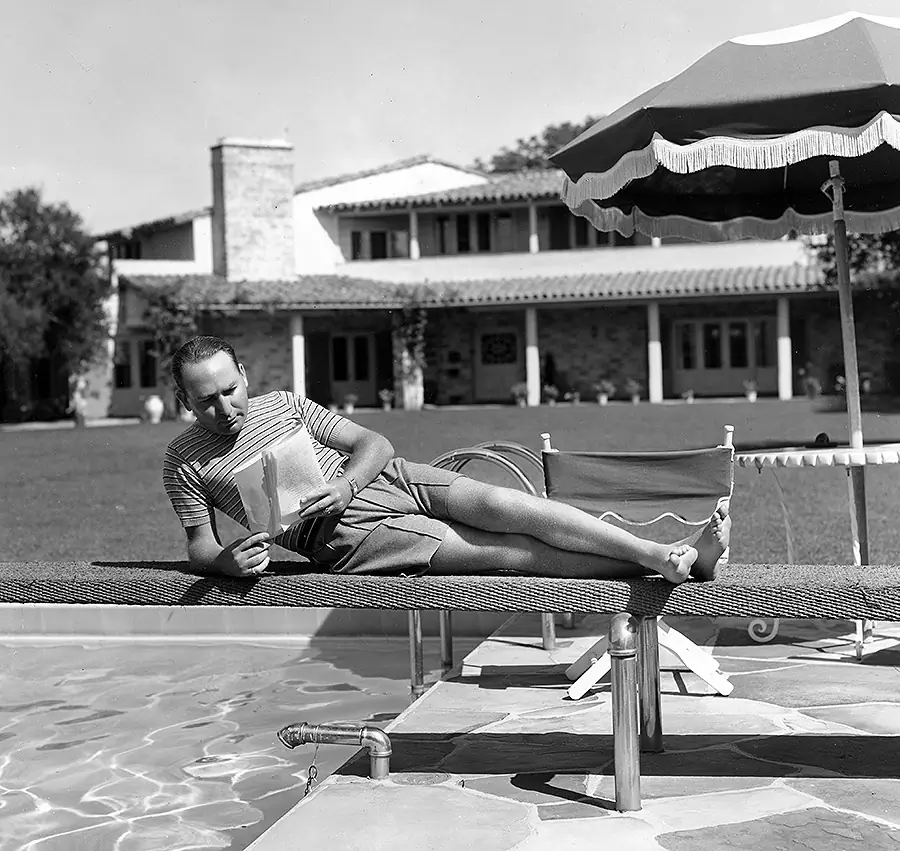
HAL WALLIS ON HIS ENGLISH ESTATE IN VAN NUYS 1939
Born 1898 in a Westside Chicago tenement to Jewish parents whose people were vaguely displaced between Poland (modern day Bulgaria), Lithuanian, and Russia by emigration, Aaron Blum Walinsky produced two academy award winning movies, 386-498 other films, and worked with the majority of A-list Golden and Silver Screen talent. Ultimately evolving into Hal Brent Wallis, the man whose education ended at age fourteen died in 1986.
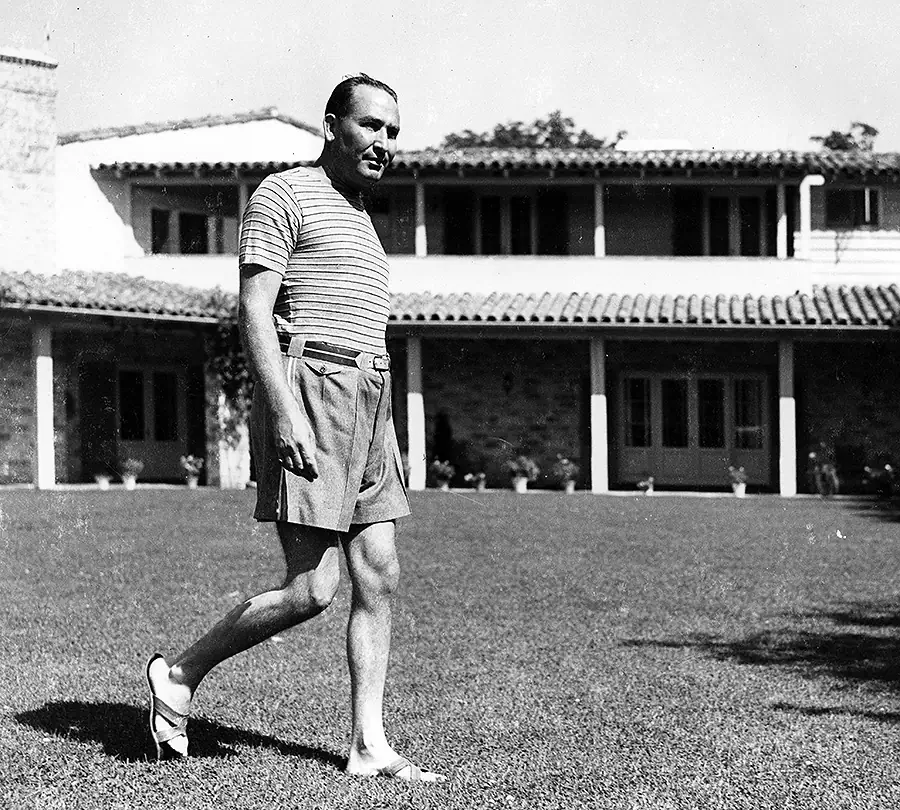
Wallis’ sister Minna, two years older, proceeded him in relocating to Hollywood. Minna worked for Warner’s lawyer Edward Loeb of Loeb, Walker, and Loeb (today Loeb & Loeb). When Jack Warner was looking for a secretary Edward Loeb suggested Minna, and she became Jack Warner’s secretary. Soon she undertook the role as an agent (by 1930 Clark Gable was one of her clients). She suggested her brother for a job managing the Garrick Theater (Cinema) at Eighth and Broadway in dowtown Los Angeles. Wallis quit his job as a traveling salesman and moved to Los Angeles. Soon Minna introduced him to Jack Warner. At the time Warner Brothers was on Sunset and Bronson. Less than twenty year old, Wallis became Warner’s assistant publicity director. At 20 he became publicity director.
In order to improve their mother’s tuberculosis, Mrs. Walinsky was moved to California. She was a marvelous cook. She briefly operated a restaurant on Hollywood Boulevard. Wallis claims the restaurant failed because his mother took too many bad checks presumably from actors. Charlie Chapman and Valentino were regulars.
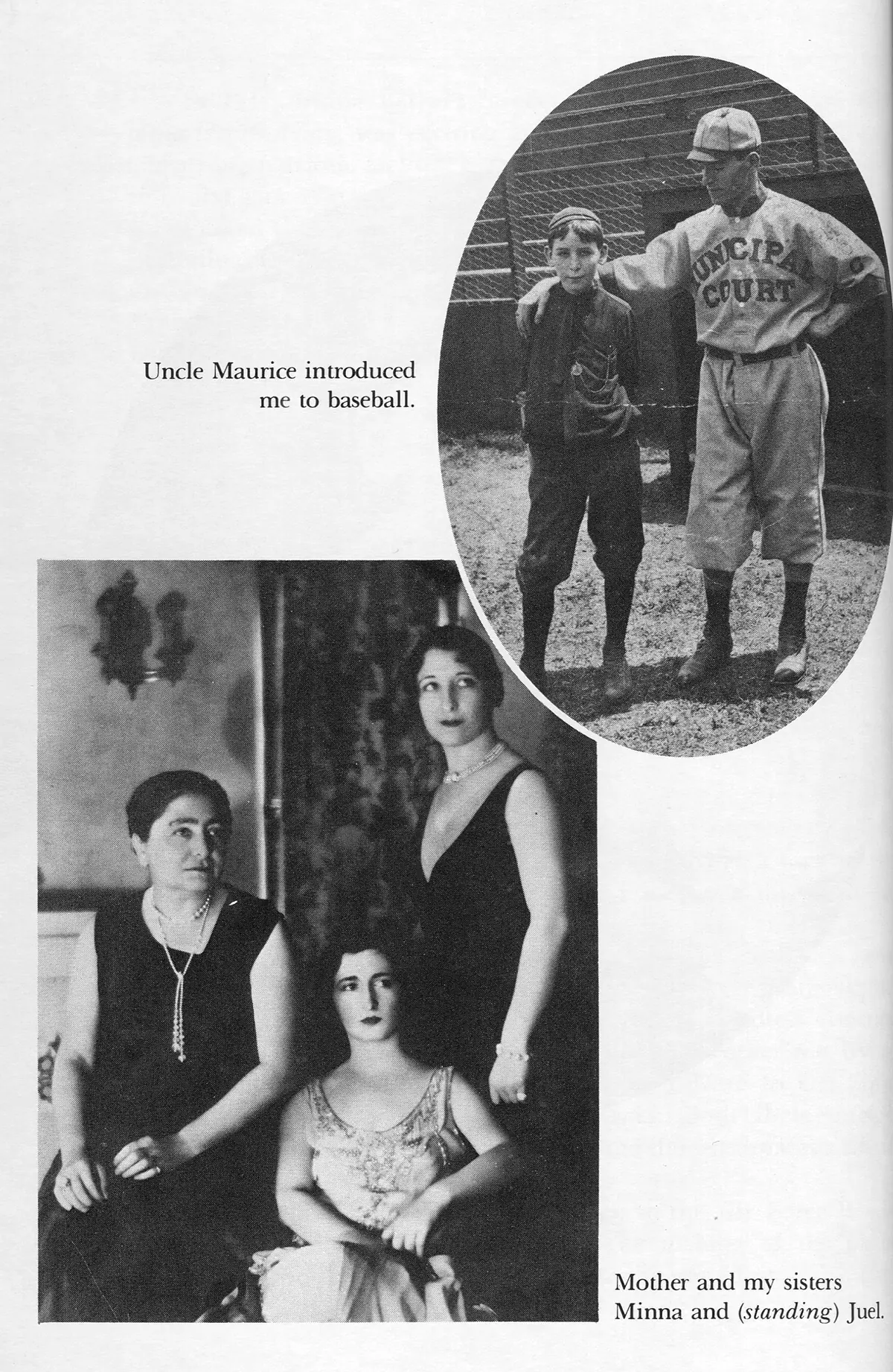
HOLLYWOOD’S FIRST PUBLICIST TO USE A VITAGRAPH
Wallis’ publicity role included, on April 26, 1925 sending off the first piece of Hollywood publicity on a Vitagraph (a recordable record device). The message began,”Warners will enter policy for talking pictures.” Of equal importance to the rest of his life, his publicity role brought him into contact with a bad personality German Shepard named Rin Tin Tin whose $1,000 a week salary was the highest actor’s salary at Warner. Wallis’ most important jobs was rolling out red carpets for the canine when his train rolled into town, and arranging publicity shots of the animal disembarking. Louise Fazenda was the only human Wallis had seen get on the good side of Rin Tin Tin when she stared in Lighthouse by Sea scripted by Daryl Zanuck.
Impressed with Louise’ animal skills, Wallis asked her on a date in his Model T Ford. She was a famous silent comedic star who drove a 12-cylinder Cadillac. Neither of them had before met a member of the opposite sex like the other. Thanksgiving Day 1927, with Jack Warner the best man, the two married at 5402 Ninth Street. Wallis thought Louise’ home was far better than where he lived. He later described the home as an elegant duplex. Two hundred attended the wedding.
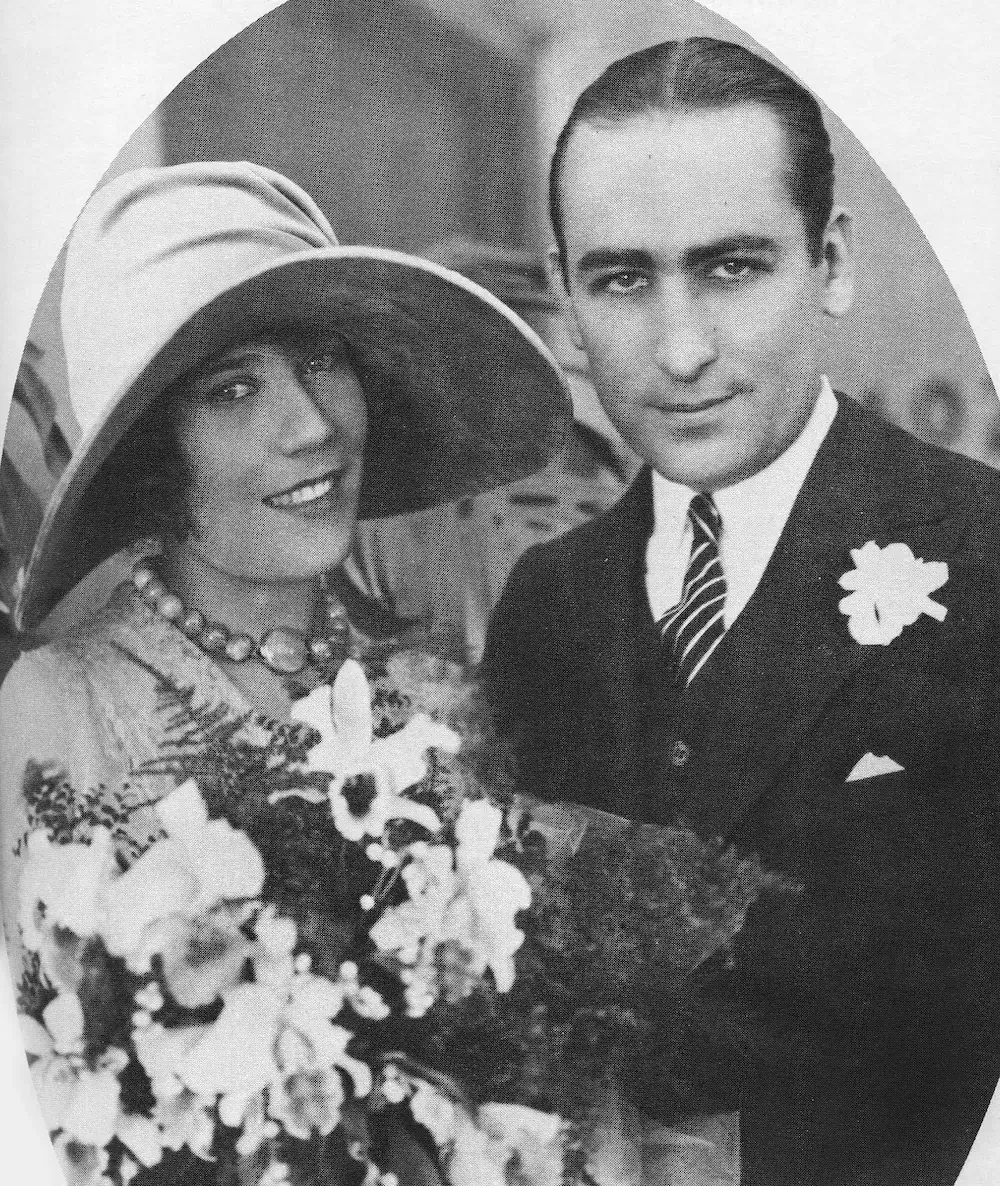
HAL B. WALLIS IN CHARGE OF PARAMOUNT’S BURBANK FACILITY
The publicity about the talking picture led to the production of the Jazz Singer (1927) generally regarded as the first talking picture. But it also had singing. Wallis referred to Al Jolson as Jolie. Warner quickly needed more studio space and acquired its present day Burbank location. Wallis was in charge of the Burbank studio known as Warner. Daryl Zanuck was in charge of the Warner operation named First National in Los Angeles which was consistently running seconds. By 1928 Wallis was the production manager of Warner.
In 1933 Zanuck had a salary dispute with Jack Warner. When Zanuck left for a job at Twentieth Studios (later 20th Century Fox) Wallis became Executive in Charge of Production for the next nine years. Wallis decided to bring realism to film. He claimed his films featured poor people as poor people, meagerly clothed in meager settings.
In 1933 Brent Wallis was born to Mr. and Mrs. Wallis. Once the couple relocated to Van Nuys (now Sherman Oaks) Brent attended the Highland school. 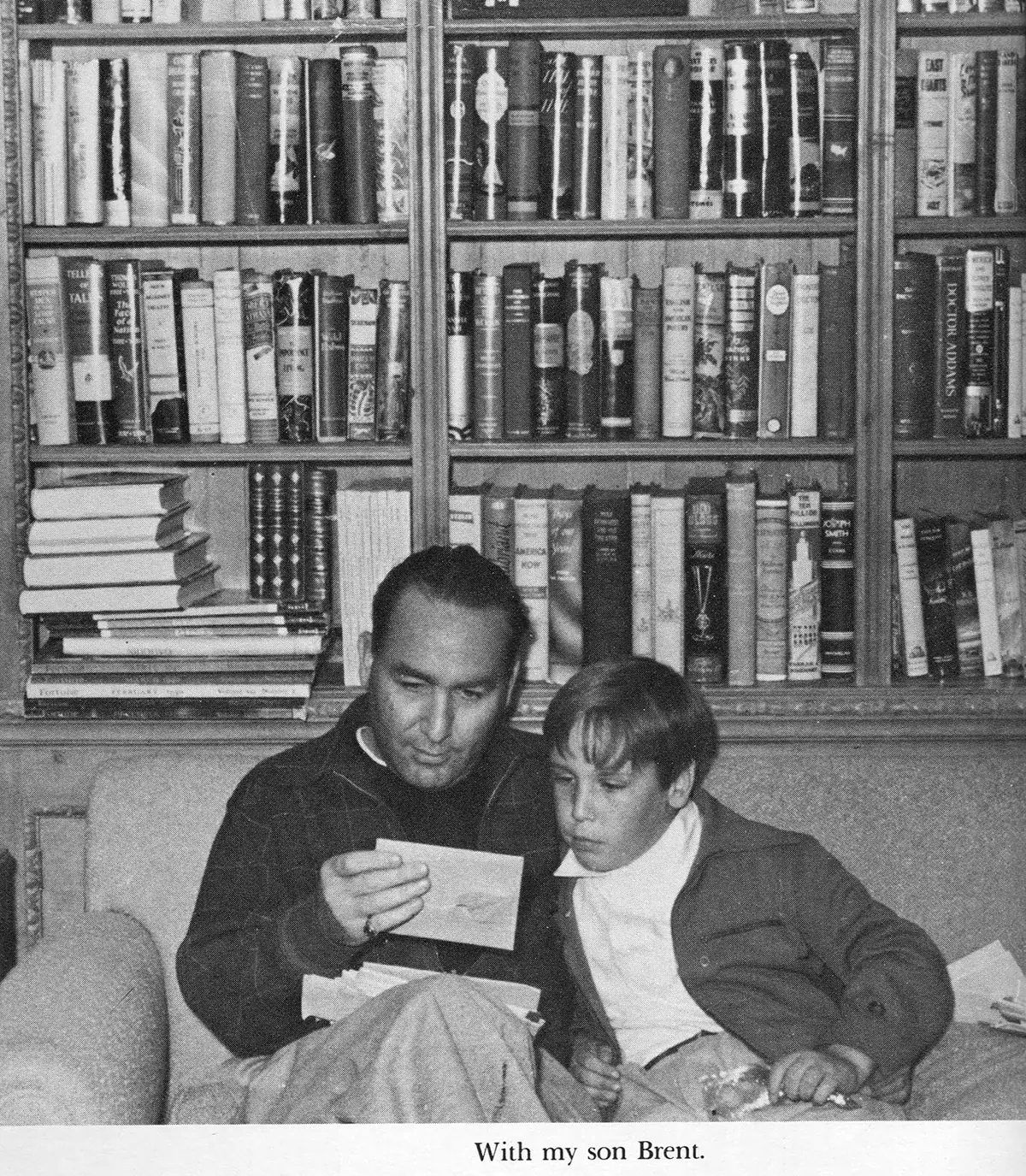
HAL BRENT WALLIS WITH BRENT WALLIS AT THE WALLIS ESTATE IN VAN NUYS, CALIFORNIA
WALLIS BUILDS ENGLISH ESTATE IN VAN NUYS ON PRESENT DAY SITE OF MILLIKAN JUNIOR HIGH SCHOOL
Wallis was in charge of a massive number of films each year because the studio made fifty pictures a year. The intense filming schedules between the Burbank studio and rural San Fernando Valley locations required Wallis to relocate to the San Fernando Valley. In Starmaker he wrote that for $30,000 he acquired sixty acres of rolling land on Woodman Avenue. Today the land is flat. He embarked upon building an English manor. By September of 1935 he was nearing completion of 5100 Woodman Avenue which Wallis described as an English-style down-home American farm.
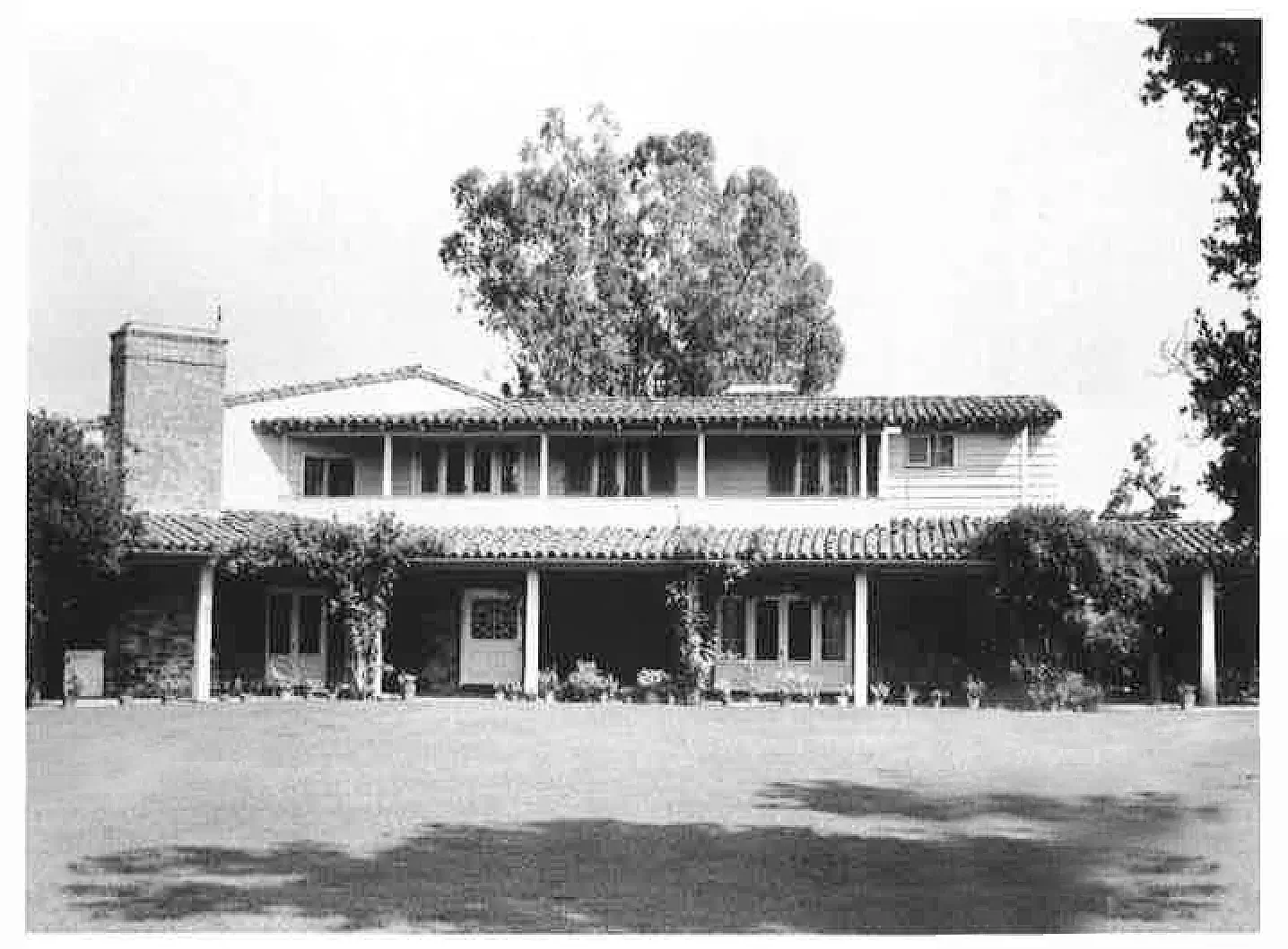
The Wallis Estate spanned from Woodman to Sunnyslope with Magnolia its Northern boundary. It may have gone South to Addison Street. Wallis wrote that the main house was 150 feet from Magnolia up a private road. There was an electric gate at Magnolia. Writers described the exterior of the home as not remotely reflecting the home of a major Hollywood producer. The movie projector Wallis watched dailies on (presumably those of Casablanca) came up from the floor. Otherwise, the Blue Room had a low ceiling and passed for a den.
Wallis described the Valley air as clean, clear, full scents of mimosa and honeysuckle. Although the couple collected period furniture, polished brassware, and English china, on weekends they went onto the lot in their Packard, and planned their home. 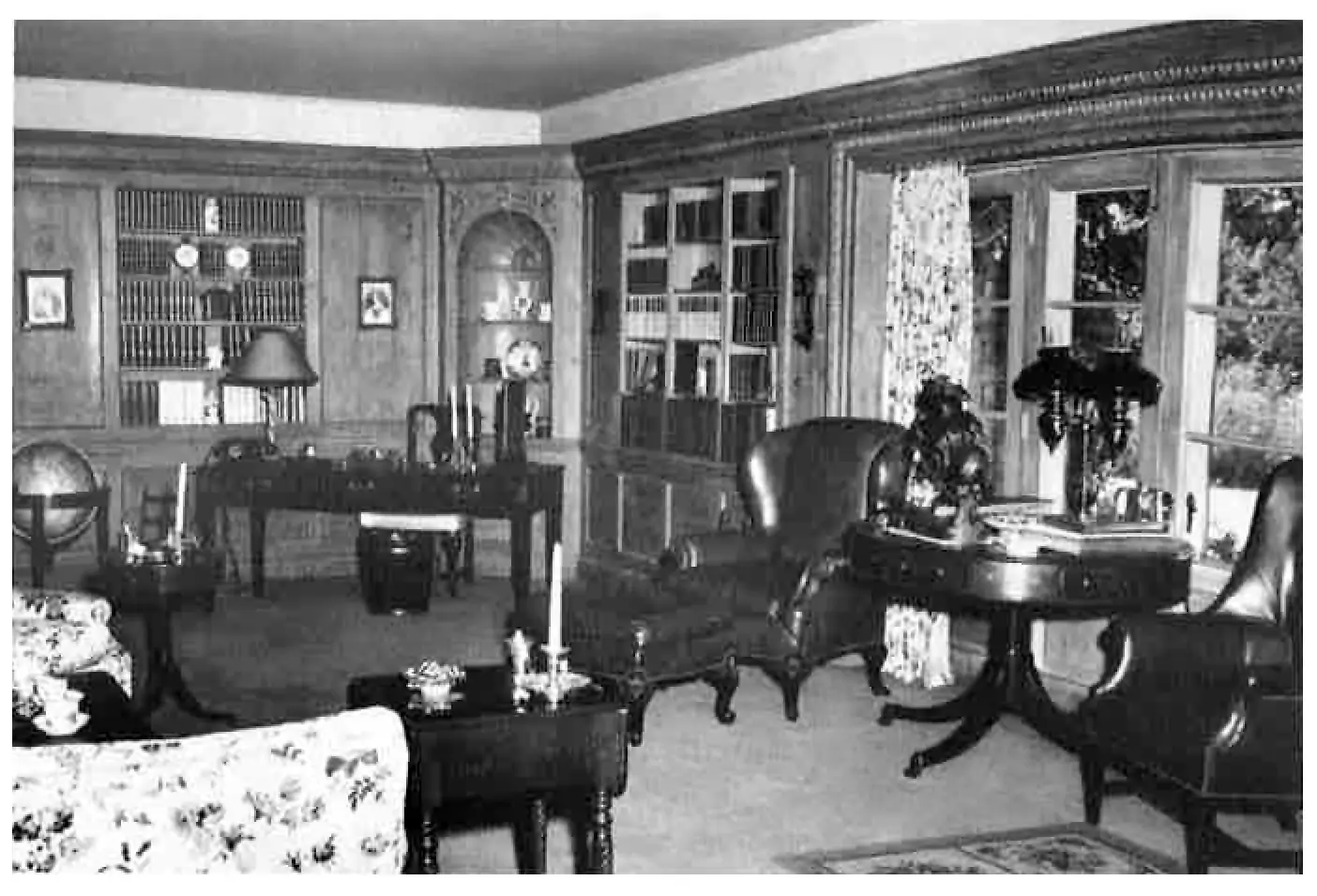
It is unclear whether this was before building it because Wallis also wrote that he and Louise went out onto the lot to plant orchards of apricot, walnut trees, and a grape arbor close to the home.
The Wallis Estate featured a pool and stable for riding horses. The main home was white brick. A small cottage was built for Louise’s mother to live.
Although Warner was heavily in debt during the 30s, due to their rapid expansion and entrance into talking films, neither Wallis was in need of money. Louise had been investing in Los Angeles and Southern California real estate for some time even though her film career had ended. Wallis earned a considerable salary from Warner. Nonetheless, they envisioned their estate as both an estate and income producing property. They made a deal for Sunkist to take their oranges from their sixty acres in Encino. They independently dried their apricots on their Van Nuys estate and sold them trough a marketing organization.
Wallis apparently built his home after he failed to find the ideal home. A biographer claimed Wallis knew exactly what he wanted in a home, and anything less lacked meaning to him. This was the home of a self-made, self-educated man who had a wealth of information on one or two subjects. One of which was Wallis’ keen interest in all things British. Many of the features of the Wallis estate were imported from Britain. They included a fireplace and brick work. The home was a blend of British trappings and American chintz. He produced a number of films in this genre including Errol Flynn’s Technicolor Robinhood in 1939. Later, from 1964-1971, Wallis produced a series of films shot in Britain that piqued Queen Elizabeth II into awarding him the highest honor of the kingdom for a non-British citizen due to his deep knowledge of British culture and history.

The Wallises were uniquely un-Hollywood. Both cared for their parents although one of the reasons for Wallis’ relocation to Van Nuys may have been to get away from having to take care of his mother who lived with Minna in Beverly Hills in an apartment Louise owned. Louise may have felt she no longer understood Hollywood, although her husband worked with literally every A-list talent of the era. Wallis may have lacked social grace. Although Jerry Lewis shopped and golfed with Wallis, Lewis was adamant that Wallis did not understand comedy. Wallis’ claim he and Louise were not pretentious may have been true. Louise was involved in taking care of Brent, and various charitable activities. Otherwise, the two were heavily involved in significant real estate purchases.
Despite being uniquely un-Hollywood, soon before February 10, 1938, $7,100 in property ($120,000 today) was stolen from the Wallis home. The newspaper reported thieves forced their way through the Blue Room (a clear assault on Hollywood). They went upstairs to the study and into the closet where they located a small safe that nonetheless weighed 150 pounds. The thieves left by smashing the gate with a ten pound sledge hammer they found in a shed on the property. The merchandise stolen included a $300 men’s wrist watch, $500 diamond pin, $1,500 diamond platinum bracelet, $1,000 pair of diamond clips, $1,000 diamond ring, and considerable jewelry and clothing of no value. The Wallises and the pickers must have been gone; maybe at their Malibu home. While the men’s watch would be worth more than $5,300 today, at least it can be said that Louise was well taken care of with diamonds worth $13,000 to over $26,000; perhaps modest by today’s standards.

Reporting the value of stolen property, and itemizing it, was common during this era. The newspapers usually reported the address of the theft. Robberies were commonly reported in the San Fernando Valley with far too many in the 8000 blocks going North. Luckily, there were not reports of second and third hits on residences after publicizing the valuable contents inside.
One of the Wallis’ investments was twenty acres of open land on the Northeast corner of Sepulveda and Ventura. They maintained ownership of the land during the time Thrifty sat on a part of that property many years later. Another part of this land would be Halbrent Street named after either Hal and his adopted middle name, or after Hal and his son Brent. Gerber suspects the land went from the corner of Ventura and Sepulveda to Burnet Street West to East and Ventura Boulevard to Moorpark to the North. They also purchased sixty acres in Encino, and a lot of land along Magnolia Boulevard between Woodman and Hazeltine. Small sections of the land North of Magnolia were turned into a housing track. Other land in the 13800 block was held in Louise’s name and rented. This was not a couple who wasted their money. However, one can only imagine how Wallis’ finances increased over the years due to his investments and continued production of movies.
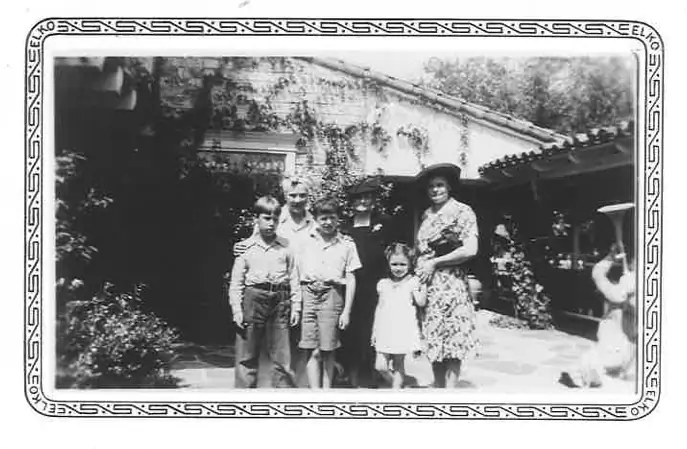
FROM LEFT SON BRENT, LOUIS FAZENDA-WALLIS AND OTHERS NEAR ONE OF THE PORCHES AT THE WALLIS HOME IN 1942
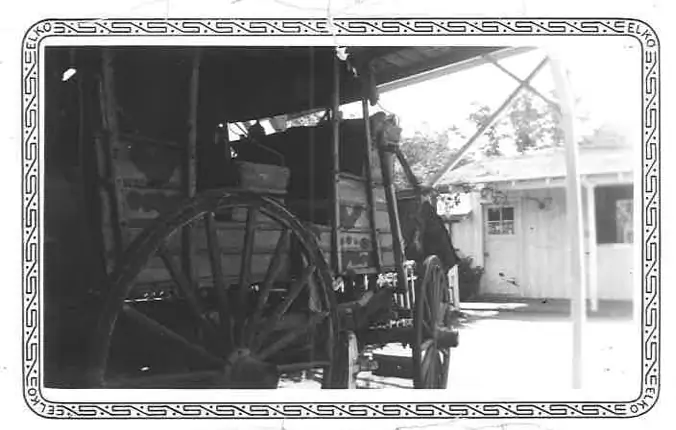
HORSE DRAWN WAGON NEAR CATTLE BARN ON THE WALLIS ESTATE AUGUST 1942
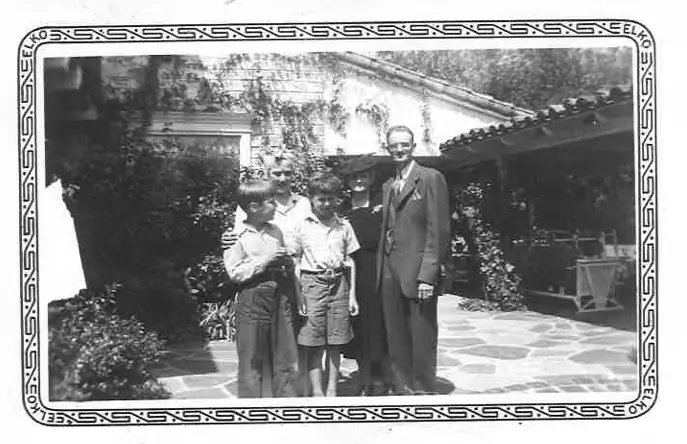
BRENT WALLIS AND MOTHER TO THE LEFT, TALL MAN POSSIBLE MARFAN SYNDROME TO THE RIGHT"
The three above photographs were found in Australia and acquired by the author in late 2024
JACK WARNER STANDS UP TO ACCEPT WALLIS’ ACADEMY AWARD FOR CASABLANCA
Humprey Bogart was often put in Wallis’ films after George Raft declined. While living in his Van Nuys estate, Wallis produced High Sierra (turned down by Raft), the Maltese Falcon (turned down by Raft), and Casablanca. Lilian Helman allegedly convinced Dashielle Hammet to write the script for the Maltese Falcon which came slow.
At the 1944 Academy Awards when it was Wallis’ turn to standup for the Best Picture Award for Casablanca, Wallis got up to accept, but Jack Warner rushed up to the stage, "With a broad, flashing smile and a look of great self-satisfaction," Wallis later recalled. "I couldn't believe it was happening. Casablanca had been my creation; Jack had absolutely nothing to do with it. As the audience gasped, I tried to get out of the row of seats and into the aisle, but the entire Warner family sat blocking me. I had no alternative but to sit down again, humiliated and furious ... Almost forty years later, I still haven't recovered from the shock," he wrote in his 1980 autobiography. A Hollywood columnist lobbied the Academy to do the unthinkable and issue another award to Wallis which they did. This was not the only Academy award for a Wallis picture.
WALLIS FORMS THE FIRST POWERFUL INDEPENDENT PRODUCTION COMPANY
Angered over the Academy event and other overbearing issues at Warner, in 1944 Wallis left. He turned down offers from all of the major studios, and accepted an offer from Paramount. He would deliver final product to Paramount under an independent production company. This independent production company was extremely well financed with a $2.5 M line of credit from the First Bank of Boston who had never before financed an independent production company. Wallis and Joseph Hazen, also from Warner, enjoyed a 25 year partnership producing films.
In 1955 Wallis’ film the Rose Tattoo was nominated, but did not win. In 1964, a winless nomination for Becket. In 1969, another winless award for Anne of Thousand Days which competed with Wallis’ film True Grit for which John Wayne won the best actor award. Wallis came in 4th place numerous years in the Golden Laurel Award for Best Producer. In 1975 he won the Cecile D. Mill award at the Golden Globes. In 1982 he won the American Movie Award for Special Marquee.
During his life Wallis was associated with 32 Academy Award wins and 121 nominations.
Other remarkable Wallis films during his stay in Van Nuys include the film noir classic staring Burt Lancaster, I Walk Alone (1947), and Sorry Wrong Number (1948).
As an independent producer he hired screen writers Ann Ryand and Lillian Hellman. During this time he also produced Jerry Lewis and Dean Martin films. He found Lewis unrealistically demanding.
WALLIS LOSES HOME TO JUNIOR HIGH SCHOOL AND IT SCARS HIS WIFE
In his autobiography, Star Maker, Wallis claims he was eating breakfast during the late 1940s when he read a letter from the Board of Education stating they were requisitioning twenty-two of his acres for a school. The position of the school would require Wallis’ home to be torndown. Wallis claims he fought the action with lawyers and the studio.

The letter Wallis referred to may have related to Los Angeles Valley College. October 20, 1949 there was a $7M plan to construct a junior college bounded by Chandler to the North, Woodman to the West, 1250 feet from the Eastern corner of Fulton, Magnolia to the South. The residents protested. A high water table may have cancelled the plans for Valley College in the future Coronet Tract to the North of the Wallis estate. December 5, 1949 the City Commission approved Coronet Construction's 226 tract lot North of Magnolia and East of Woodman where Gerber was raised. Permits were pulled between March and July of 1950 with most work done by March of 1951.
With the large Coronet tract facing the Wallis Estate to the North, the filled in neighborhood to the East on Sunnyslope, and the tract to the South of the Wallis home, the Wallises may have realized they were no longer living in idyllic seclusion. Instead, they were sandwiched between housing tracts and Woodman and Magnolia which were becoming increasingly busier streets.
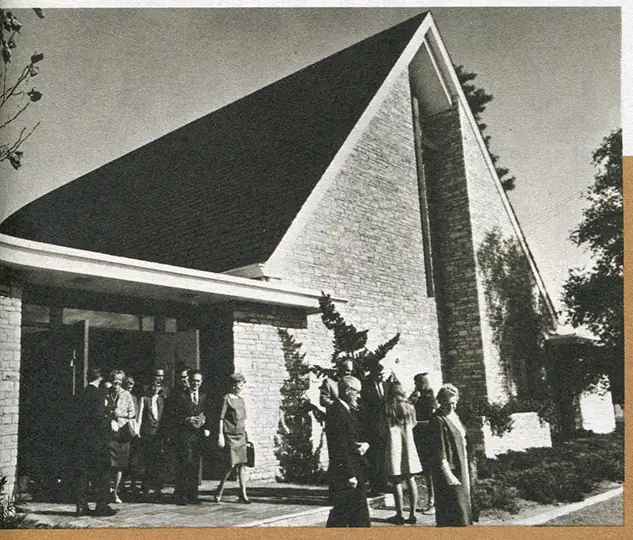
CIRCA 1967
When first built in 1935 the Wallis Estate extended to the corner of Woodman and Magnolia. The Buck Jones Ranch was on the Southeast corner of Hazeltine and Magnolia. Diagonal, on the Northwest corner the former Church of the Chimes Property was a large estate (the pool is a remnant). By 1940, next to the property that is now the Church of the Chimes, Horrace Heidts had a ranch.
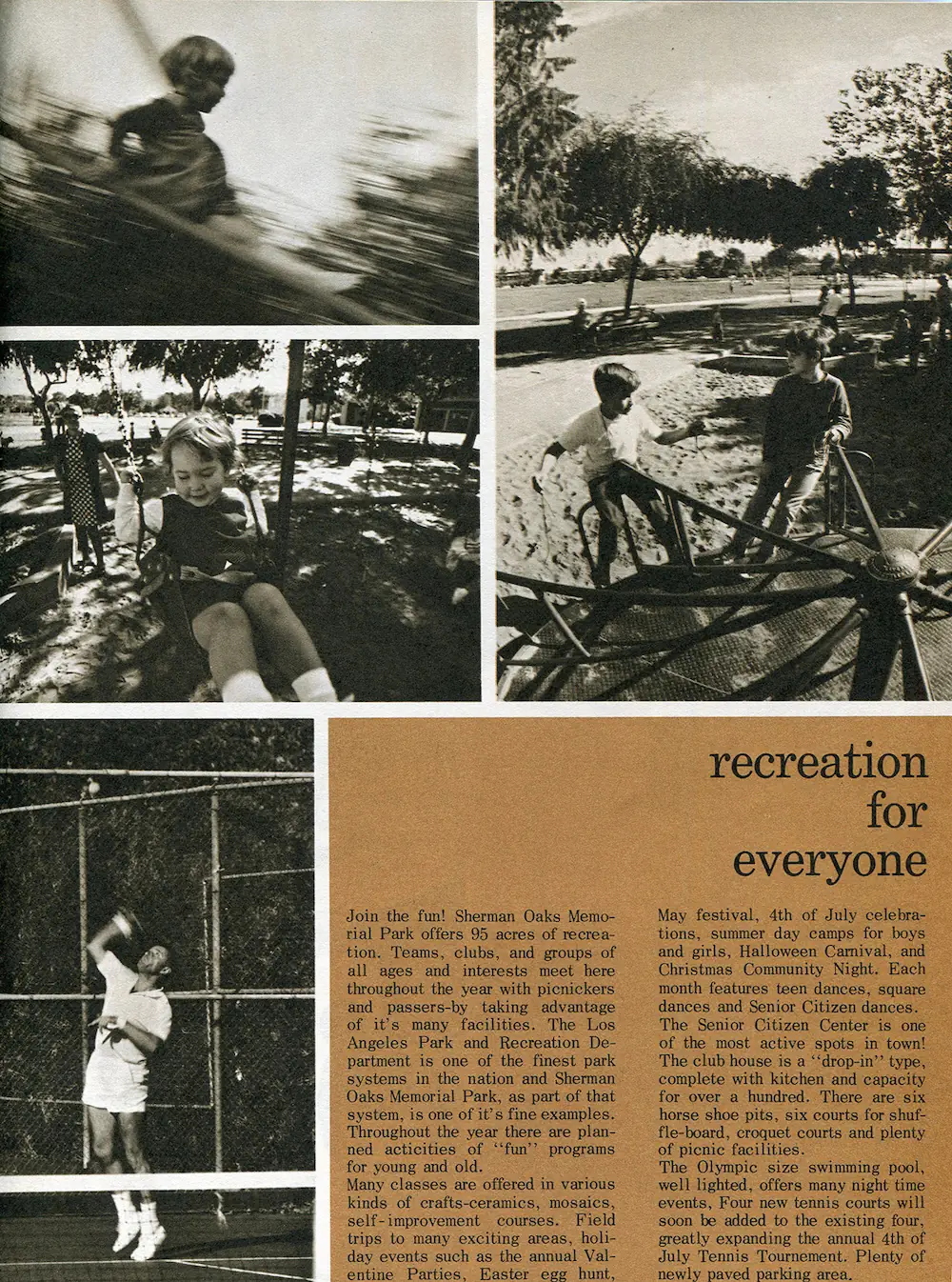
During his stay in the Valley Wallis was also on the commission for the Van Nuys/Sherman Oaks War Memorial Park which spans from Hazeltine to Van Nuys Boulevard, Magnolia to the North across from Horace Heights. Other Valley civic involvement included, on September 11, 1951 the beautiful Hal Wallis Estate was the site of Temple Beth Hillel’s Fifth Annual Membership Tea (Gerber’s grandmother was the secretary to the temple’s first Rabbi). Although Louise was not Jewish, she lent her home for various Temple events.
March 24, 1955 it was reported Wallis tried to rezone his property as R1, single family. First, in 1953, he tried to rezone the property for commercial purposes. Walking distance, up Sunnyslope on Riverside Drive, the Vons and Quigley’s shopping center was completed in 1952. Obviously, Wallis wanted out. During this period the controversy in the area was rezoning agricultural property to R1 lots. During this period the San Fernando Valley became the largest suburb in history.
September 1, 1955 it was reported the former Wallis property was being considered by the Board of Education for a new junior high school.
Wallis claimed the drawn out process of losing his house to the school authorities put a toll on Louise’s health. Architectural Digest claims Wallis owned the home until 1958, but Gerber believes that is inaccurate.
The couple moved to 515 South Mapleton in Beverly Hills. The home was a Walter Neff featured in Architectural Digest just like the Wallis Estate in Van Nuys. Wallis modified the home giving it a distinctively English facade, and owned it until he died.
Residents in the Coronet Tract report the Wallis home remained on Magnolia and Woodman until 18.996 acres of the Wallis Estate became Millikan Junior High School. Residents in the housing tract East of Millikan report the Wallis Estate was fenced with barbed wire. Kids broke through, and a neighborhood boy stabbed a neighborhood girl with the wire (presumably by accident in this disputed claim). Other neighborhood, future Millikan students, claim there was a fire at the Wallis home, but they gained access nonetheless.
MILLIKAN JUNIOR HIGH RISES ON FORMER WALLIS ESTATE AND A COMPUTER PIRACY NETWORK DOMINATES THE SCHOOL IN THE EARLY 1980s
Millikan Turtles were taught Millikan Junior High School (now Middle School) opened in 1959. Building records indicate at least some of the school was still being built in 1960. During the late 1970s and early 1980s Millikan was the cream of the crop junior high school in the Eastern San Fernando Valley. Students used other student’s addresses to attend the school.
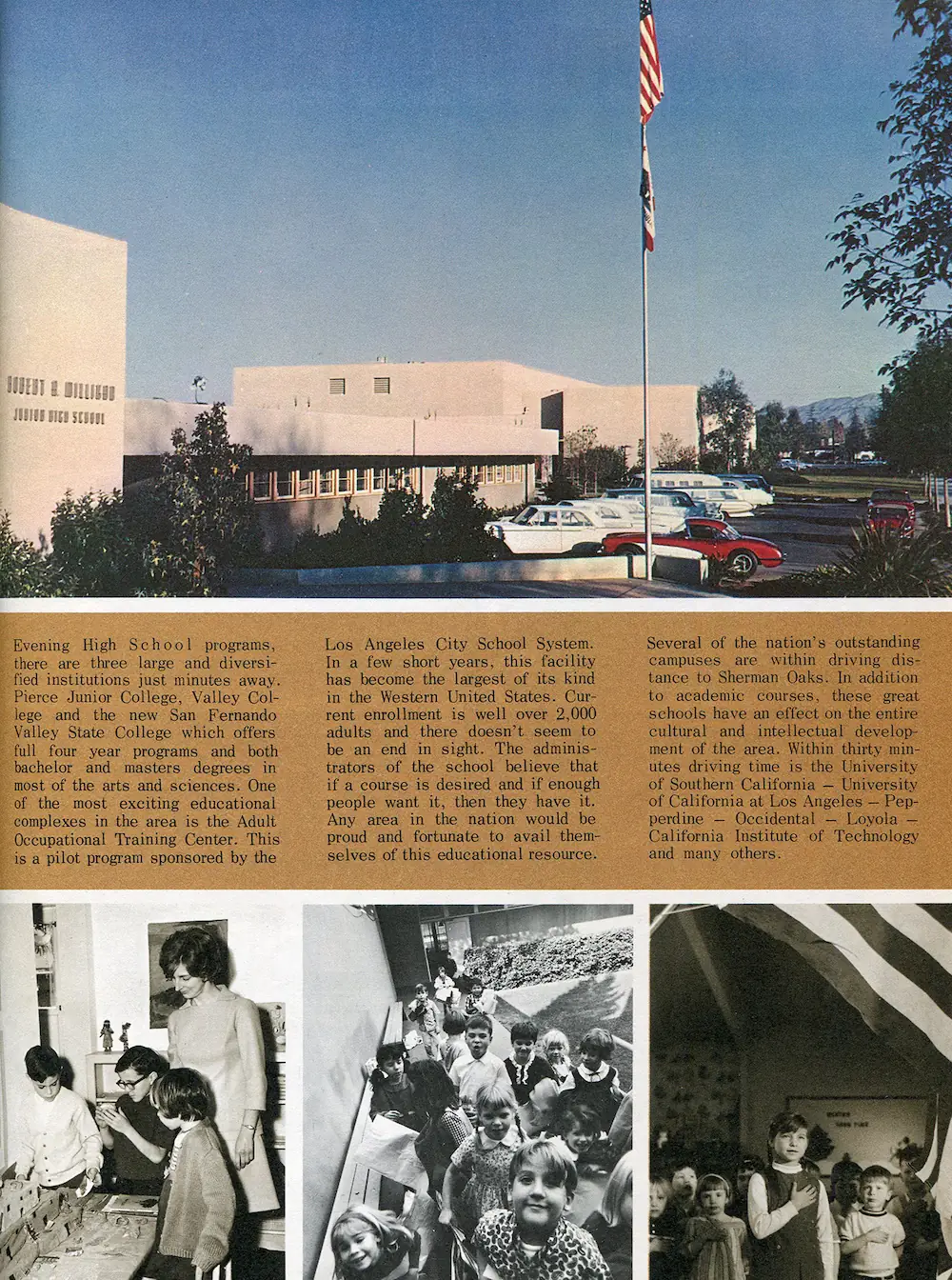
MILLIKAN JUNIOR HIGH 1967, SHERMAN OAKS CALIFORNIA
In the early 1980s Millikan became dominated by a computer software piracy ring. One faction was referred to as, “Chaos” named after the evil access depicted in Get Smart. Once Captain Lemur Eyes got onto the pre-internet modem community, and Lemur, Jr. created a fake ware (game) that the Brothers used to trade with Chaos, the Brothers emerged as a monopolistic team of modem studs. Briefcases of floppy disks were sold to wannabe modem studs who brought floppy disk carrying cases to the campus. Physical and electronic violence was commonplace.

During the era of the modem stud there was no mention of Hal Wallis, but Richard Zanuck’s son was involved. He recruited Lemur, Jr. to krack (pirate) an-un-krackable ware that may have come early due to his father’s business. The ware was then widely distributed by Captain Lemur Eyes causing a rift with a rival modem gang from the Buckley School, called The Wasted which the Lemur Brothers briefly infiltrated.
Long after the Lemur Brothers’ reign, Millikan became a performing arts school, but there was not any mention of Hal Wallis.
WALLIS PRODUCED ELVIS MOVIES, HIS WIFE DIED, AND HE REMARRIED
By 1954 Hal Wallis was working with Jerry Lewis and Dean Martin. By 1960 he was producing Elvis movies. Elvis reportedly shunned Wallis’ dinner invitation after Wallis had already produced quite a few Elvis movies. In 1962 when producing an Elvis movie in Hawaii he received a call that Louise died of a heart attack.
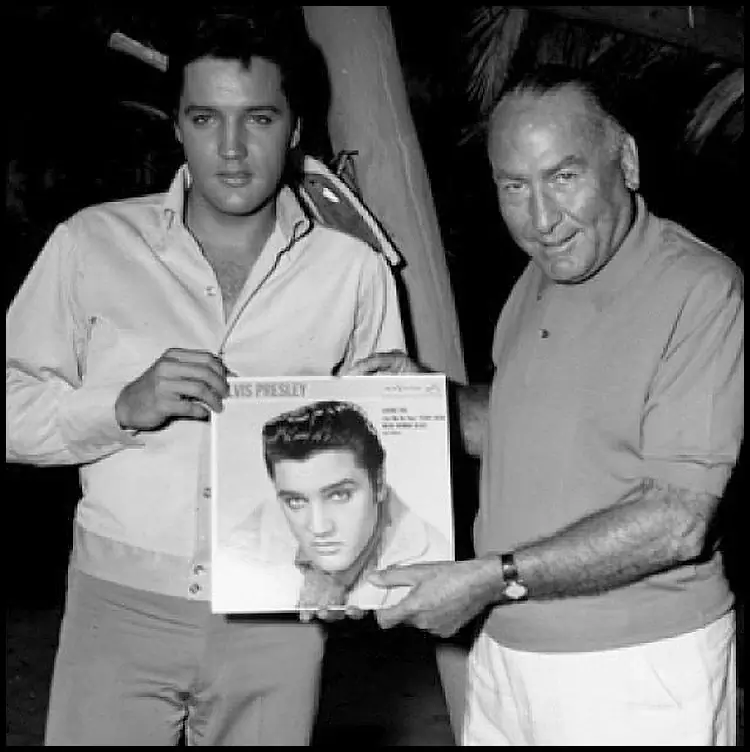
In 1963 Wallis produced Wives and Lovers.
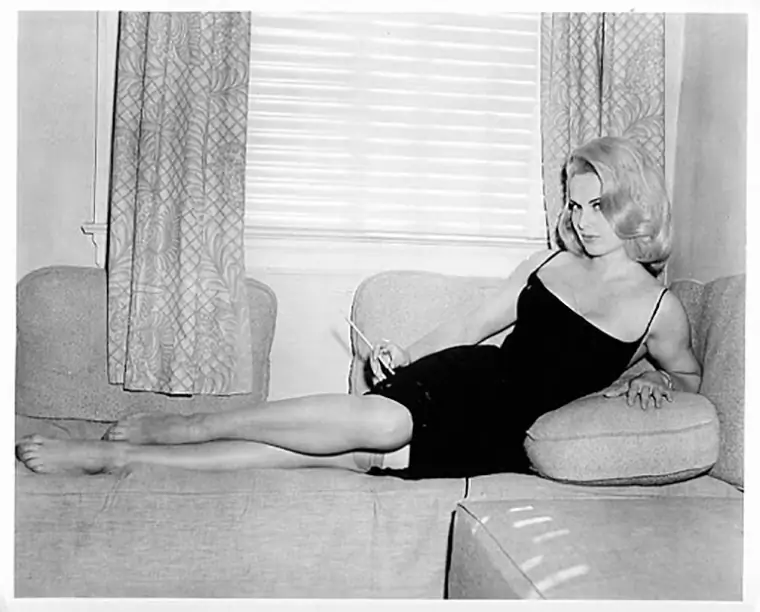
Before boarding a plane in 1964 Wallis ran into Martha Hyer a beautiful blonde. She was an actress twenty-six years younger than Wallis, and forty at the time. In 1960 she was nominated for an Academy Award. Her spectacular home was also featured in Architectural Digest. The two struck up a conversation on the airplane, had a date in New York, and married in 1966. Martha converted to Judaism after they married. They remained married until Wallis’s death. Martha made appearances on several television shows during their marriage including Bewitched, the Beverly Hill Billies, and Family Affair.
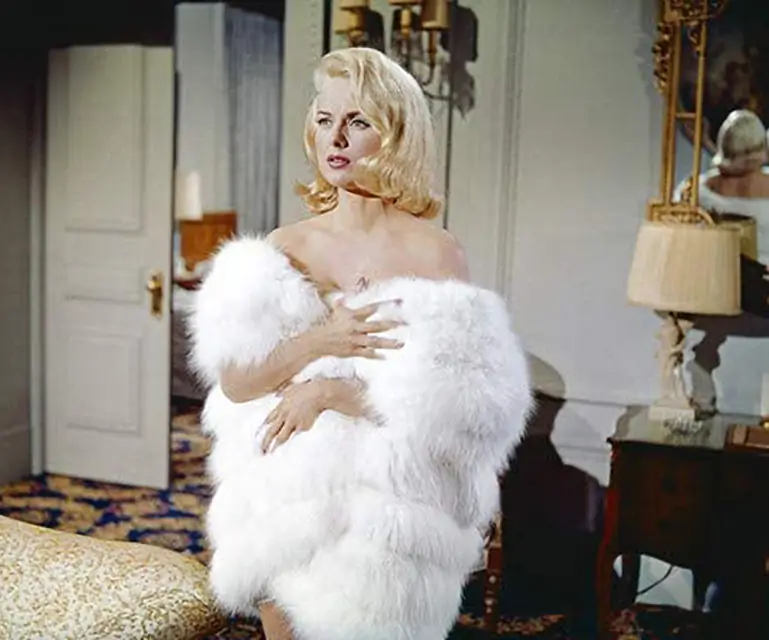
In 1967 Wallis produced Barefoot in the Park.
HAL B. WALLIS SUMMARY OF ACCOMPLISHMENTS
Wallis’ modern art collection was significant. He became involved in the Los Angeles Metropolitan Museum of Art. After his death there was litigation over his art collection.
Brent Wallis earned a PhD in psychology. He lived in Santa Barbara. Some speculate his father could not grasp why he did not want to go into show business. Wallis’ own account of his son indicates Brent was quite intelligent and preferred learned accomplishments.
Some claim Wallis produced 500 films. Others claim less than 400. These were not television specials, or grind house films. These were top films of the day with top actors, composers, sets, and talent. There is no end to the A-list talent Wallis worked with throughout his career. Near the end of his career he worked with Jane Fonda, Robert Redford, Elizabeth Taylor, and Richard Burton. Jerry Lewis claimed he made Wallis attend a show Shirley MacClane danced in, and urged Wallis to sign her before somebody else did. Wallis was also instrumental in starting Kirk Douglas’ career, probably Clark Gable, and certainly made Humphrey Bogart’s career. Others he worked with were James Cagney, Marion Davies, Ronnie Regan (who he considered his friend), Burgess Meredith, Katherine Hepburn who was Wallis’ fan, William Powell, Bette Davis, Charlton Heston, Burt Lancaster, Joan Fontaine, Audrey Hepburn, Walter Matthau, Anthony Quinn, Peter O’Toole, and Lizabeth Scott.
In 1970 Wallis moved onto Universal. In 1973 Queen Elizabeth II bestowed the Commander of the British Empire (CBE) Award on Wallis. A year earlier she told him the British were learning about English history through Wallis’ films. A biographer compared Anne of Thousand Days and Mary Queen of Scots to a graduate seminar on Tudor history.
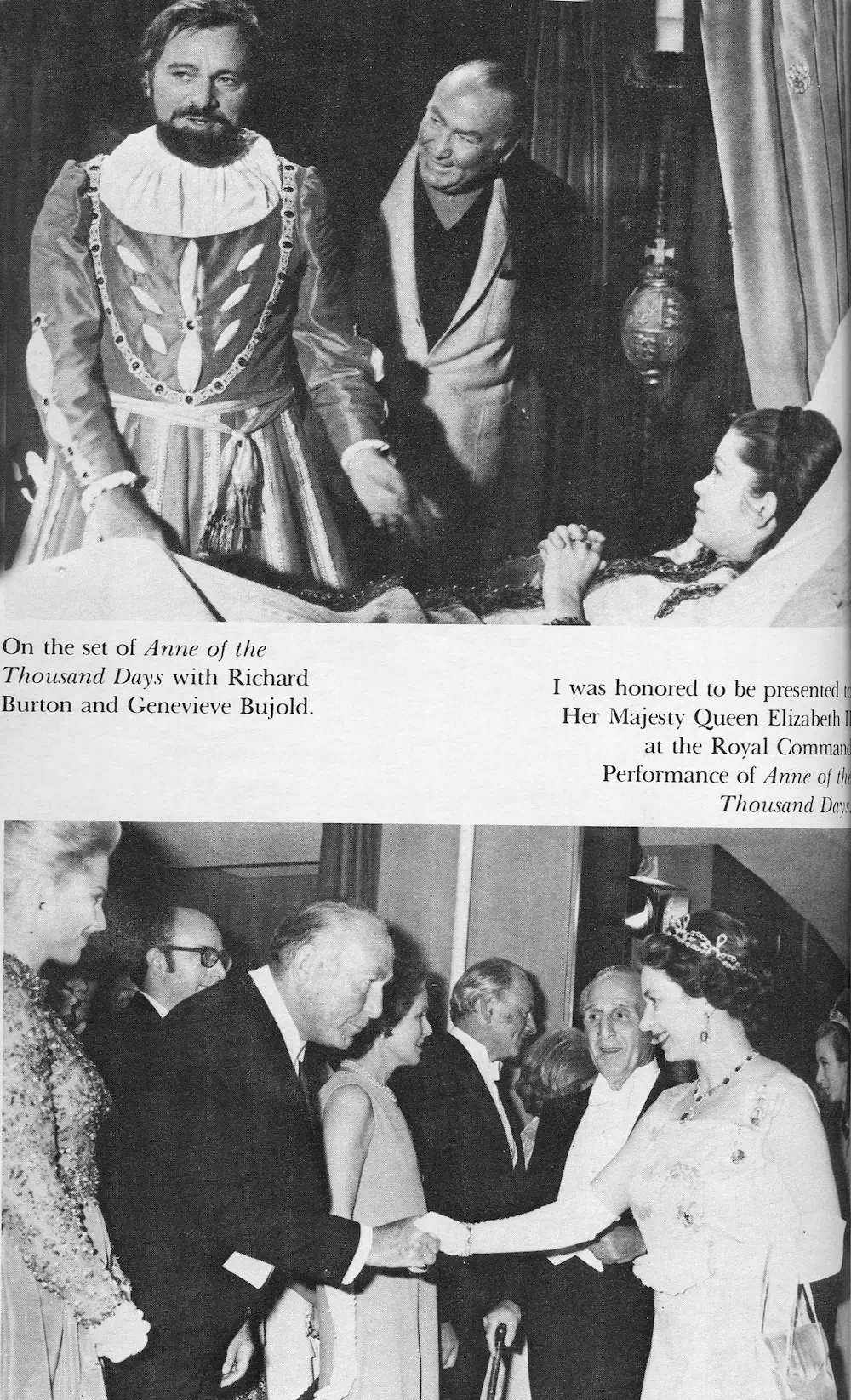
Wallis died of complications from diabetes, in Rancho Mirage, right before his 88th birthday. The Hal B. Wallis building at Eisenhower Hospital in Rancho Mirage contains the Heart Research facility.
Wallis was there when Hollywood started. He produced silent to sound to early musical to Technicolor to comedians and musicians turned film star to films converted from Broadway plays to British Films the Queen of England admired for their authenticity. He was the most prolific Hollywood producer ever. Because he never owned a studio, and did not emanate a larger than life personality, his name has not withstood the test of time. Avoiding large scale fights, scandals, consecutive marriages, never ending projects, avoidance of hard work, and financial problems Wallis kept going when others had long been forgotten and robbed of their riches. Film production is a business, and Wallis was a businessman whose investments in new talent and real estate were generally sound.
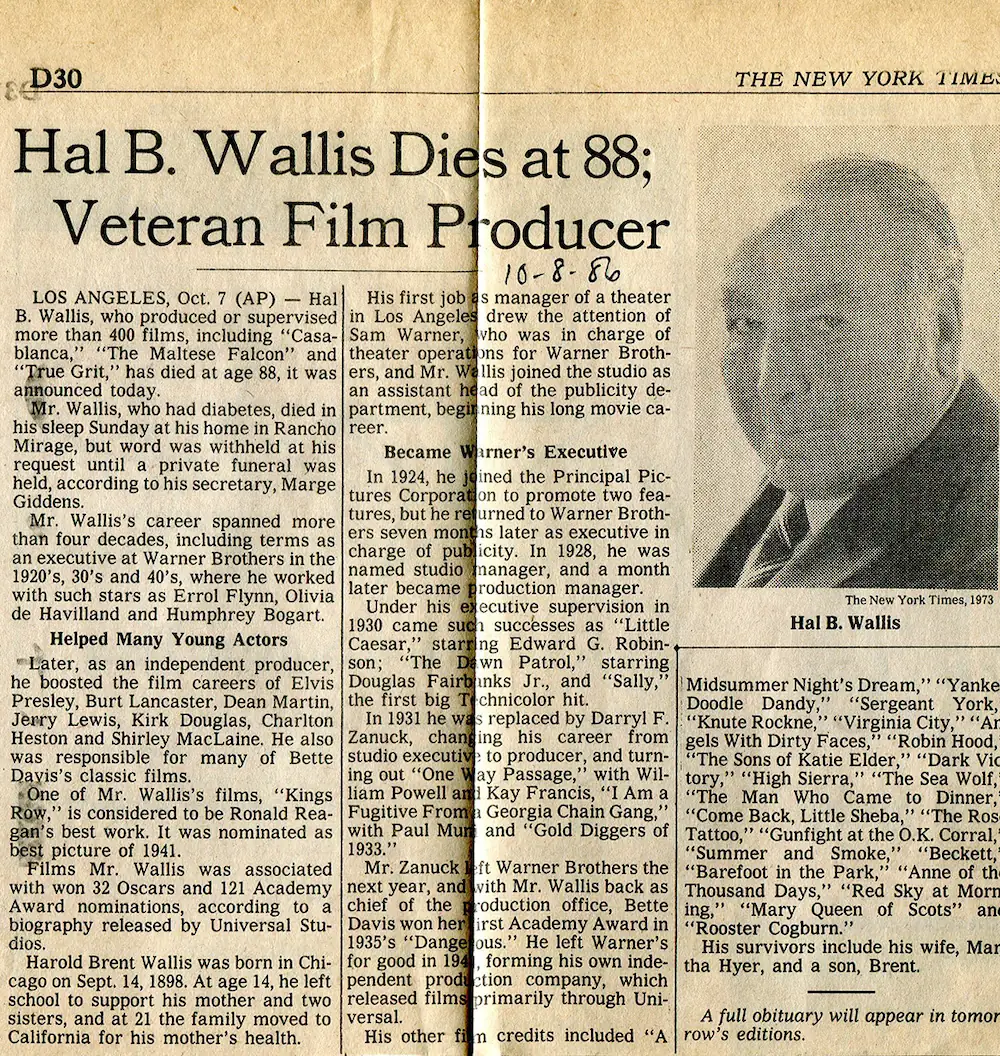
Sources:
Bernard Dick, Hal Wallis Producer to the Stars (2004)
Karl Gerber, Modem Stud (2014)
Hal Wallis and Charles Highman, Starmarker (1980)
Los Angeles County Assessor Records (1934-2021)
Los Angeles Department of Building Permit Records (1934-2021)
Bison Photo Archives, Los Angeles
Millikan Junior High Facebook Page
Millikan Junior High Attendance 1981-1984
Karl Gerber, Online & Oral Interviews of San Fernando Valley Residents 1977-present
Karl Gerber San Fernando Valley Collection
Architectural Digest April 1992
Architectural Digest 1938 (featuring Beverly Hills Residence prior to Wallis’ occupancy)
Valley News 1935-1955
Van Nuys News 1935-1955
Funding for this website and its content has been made possible through The Employment Lawyers Group, in Sherman Oaks Since 1993.